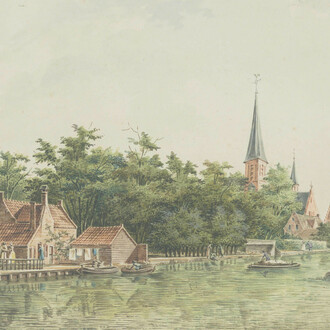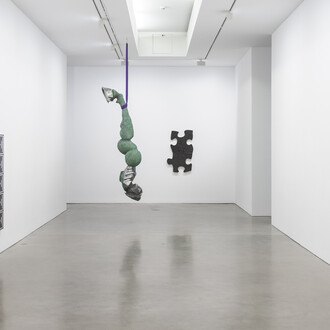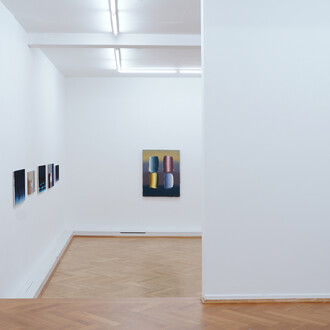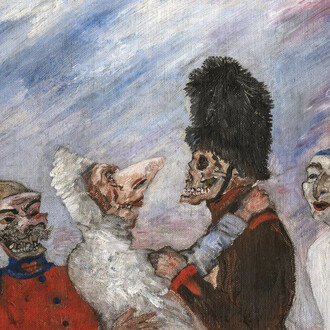The tapestry, created in 1667 in the north German region of Dithmarschen on the occasion of the 150th anniversary of the Reformation, allows the viewer to visually enter the everyday world of its donor, Anna Bump. The woven images also reveal the theological world-view of the time.
The technique reflects Flemish and northern Dutch influences, as many religious refugees from these regions found a new home in northern Germany, bringing their skills with them.
Contemporary works from the period such as valuable objects from church inventories of the region, other textiles, and a variety of everyday objects complete the presentation and provide an emotional link to the rural world of Dithmarschen in the second half of the 17th century.
















